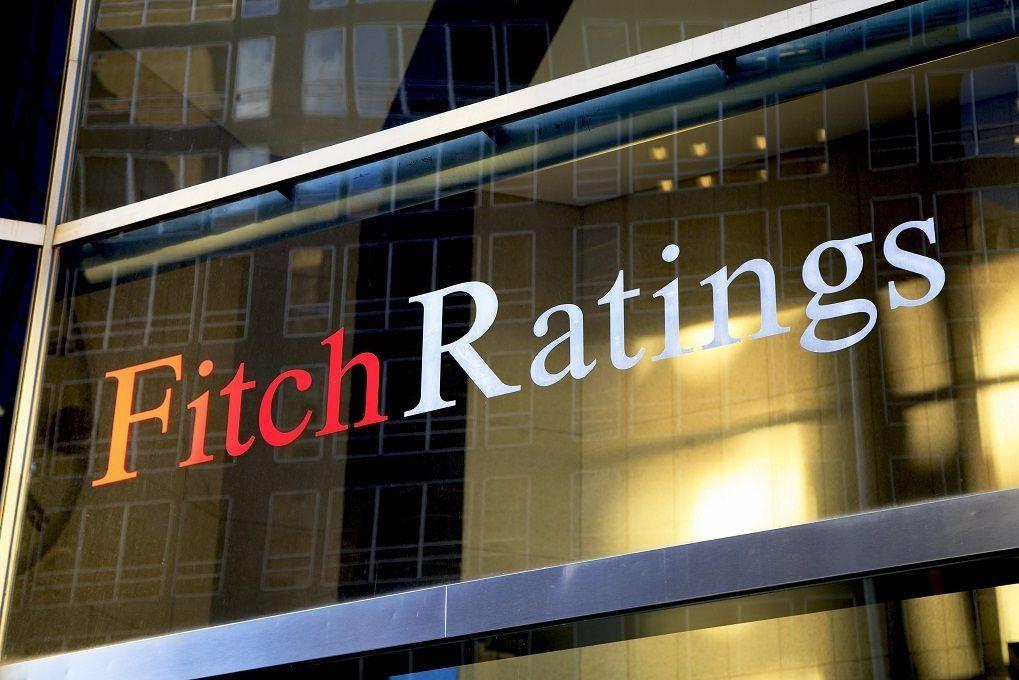
Fitch Sees Azerbaijan On Strong Growth Path Fueled By Middle Corridor & Reform
Despite ongoing global economic headwinds, Azerbaijan's economy continues to demonstrate resilience and strategic foresight, underpinned by diversification policies, prudent fiscal management, and increasing integration into transcontinental trade routes. The latest forecast from Fitch Ratings reinforces this stability, projecting a real GDP growth rate of 2.5% in 2026, driven by the non-oil sector and major public investments.
According to Arvind Ramakrishnan, Director of the Sovereigns and Supranationals Department at Fitch, this growth rate aligns with Azerbaijan's medium-term economic potential, reflecting a fundamental shift from hydrocarbon dependence toward a more balanced and sustainable economic model.
“The key drivers of growth are the accelerated development of the non-resource sector and large-scale public investments,” Ramakrishnan noted, adding that energy dynamics, while still important, are gradually evolving. As oil production continues its slow decline, natural gas output is expected to partially offset this trend, maintaining energy sector relevance in the broader economic structure.
One of the most critical developments supporting this transition is Azerbaijan's expanding role in the Middle Corridor-a strategic logistics and transit route formally known as the Trans-Caspian International Transport Route (TITR). Stretching from China through Central Asia and the South Caucasus to Europe via Türkiye, the Middle Corridor has become increasingly important amid global supply chain disruptions and geopolitical tensions.
Azerbaijan's geographic position at the crossroads of East and West, combined with substantial investments in transport infrastructure, has enabled the country to become a pivotal player in this corridor. This role not only amplifies Azerbaijan's geopolitical relevance but also stimulates growth in the transport and logistics sectors, which Fitch identifies as among the most promising areas for expansion.
“There are good growth prospects in information and communication technologies and transport,” Ramakrishnan emphasized, highlighting that transit operations within the Middle Corridor are a major catalyst for the latter.
Additionally, reconstruction efforts in the Garabagh region have fueled non-oil sector growth in recent years, contributing to a surge in public investment. However, Fitch anticipates that as capital expenditure peaks, its direct contribution to GDP growth may gradually moderate-suggesting a need for the private sector and export-oriented industries to assume a larger role moving forward.
On the fiscal front, Fitch expects Azerbaijan's consolidated budget to maintain a surplus of 0.3% of GDP in 2026, although down from 3.6% in 2024. A minor deficit is forecast for 2027, but analysts view this as manageable and not indicative of fiscal stress.
Importantly, Azerbaijan retains its investment-grade rating of “BBB-” with a stable outlook, a status supported by several macroeconomic fundamentals: a robust external balance, low public debt, and the substantial buffer provided by the State Oil Fund of Azerbaijan (SOFAZ).
These assets give Baku the financial flexibility to absorb external shocks, sustain capital investment, and finance strategic infrastructure projects-particularly those tied to the Middle Corridor and the diversification agenda.
Beyond its immediate economic impact, the Middle Corridor represents a long-term strategic lever for Azerbaijan's regional and global positioning. As global trade patterns shift and supply chain resilience becomes a top priority for many economies, the corridor is emerging as a viable alternative to traditional maritime routes, particularly for high-value, time-sensitive goods such as electronics and automotive components.
From a policy standpoint, Azerbaijan's bet on the Middle Corridor reflects a broader effort to transition from resource-driven growth to a model anchored in logistics, digital transformation, and regional connectivity. This positions the country to not only attract investment but also to influence trade flows and economic dynamics across Eurasia.
Fitch's forecast underscores a key narrative: Azerbaijan's macroeconomic stability is no longer solely a function of hydrocarbons, but increasingly of diversification, connectivity, and strategic planning. As the Middle Corridor gains momentum and new sectors come online, Azerbaijan appears well-positioned to sustain growth in a challenging global environment, while reinforcing its role as a bridge between continents.
Legal Disclaimer:
MENAFN provides the
information “as is” without warranty of any kind. We do not accept
any responsibility or liability for the accuracy, content, images,
videos, licenses, completeness, legality, or reliability of the information
contained in this article. If you have any complaints or copyright
issues related to this article, kindly contact the provider above.


















Comments
No comment